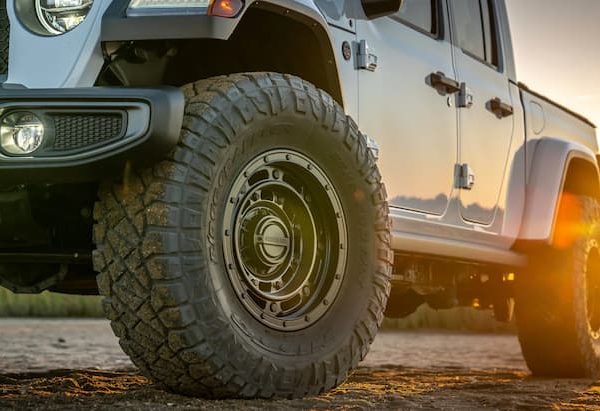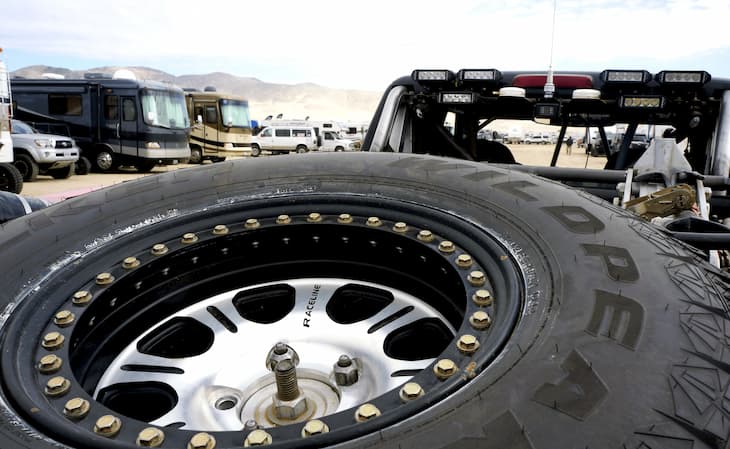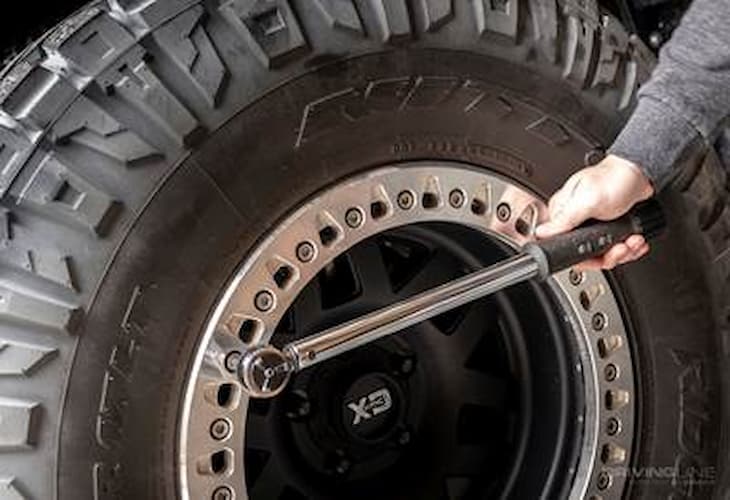05
Apr

If you’re considering venturing off the beaten trail, you must make sure your vehicle is equipped with the appropriate gear, which includes getting beadlock rims that will allow you to lower your tyre’s air pressure for maximum traction. Getting your first set of beadlocks can make a world of difference in how your vehicle performs off the road. This is because they allow you to manipulate the tyre pressure as you’d like. Some drivers can get away with setting their tyres to 12-15 psi without the use of a beadlock wheel, but drivers of heavy vehicles require more air pressure to support the extra weight. In most cases, off-roaders adjust the pressure in their tyres much lower, generally in the area between 1 and 10 psi, based on the tyre size, design, terrain, vehicle weight, etc. and the only way to make that work is with the use of beadlock rims.
There are several different types of beadlock rims available, and each type has its distinct pros and cons. The ideal beadlocks for you will depend based on budget, vehicle, preference and application. The most popular types of beadlocks are outer clamp-on, single inner clamp and double inner clamp beadlock wheels.

These are the most common beadlocks available today. They’re manufactured by a wide range of companies, including OMF, ATX, Road Runner Offroad, Trail Gear, etc. These beadlocks are made up of two key components, a beadlock cmaping ring and a wheel structure that includes cast-in or weld-on surface with threaded holes. There can be as many as 40 or as few as 18 bolts on these wheels, and some companies can install beadlock tyres on your current aluminium wheels. This can save you some money if you’re not keen on buying brand new beadlock wheels. Some companies, on the other hand, provide kits that you can weld yourself.
As a general rule of thumb, you want beadlocks with at least 24 bolts. Beadlocks with fewer bolts are considered light-duty and are meant for dirt track driving mainly. Basically, the more bolts, the merrier. The only downside to having more bolts on the beadlock is the time it will take to tighten them. Besides the number of bolts, consider whether the design of the beadlocks you’re thinking of buying feature a stepped tyre mounting surface. This will help you center the tyre and it will allow you to put the weight of the vehicle on the wheel’s structure rather than side loading the bolts. Keep in mind that these beadlocks may not be street legal.
The tyre mounting surface is commonly knurled, or the surface is groove-machined. This is so that the tyre doesn’t spin on the wheel and to make sure the tyre beads don’t pull out of the clamped beadlock. Thicker clamping rings are typically superior for off-road applications, as they can come in contact with rocks and other obstacles. If you frequently drive over rocks, you can consider the rings and bolts wearable. As soon as you wear them down, you should consider replacing them.
Rarely, some people install clamp-on beadlocks to the inner and outer wheel beads, which can lead to clearance problems around brakes. However, most of the time, this isn’t necessary on recreational 4WDs.

These beadlocks are street legal, and feature cast aluminium elements bolted on the inside of the wheel, as well as a clamp on the outer tyre bead to prevent it from popping off. These beadlocks weigh more than the rest, but they also feature a higher weight rating. This makes them suitable for heavy-duty 4×4 applications. Their design can make it hard to mount and remove tyres, but most of the hardware is hidden and protected from debris. You can get optional bolt-on outer rings for extra versatility.
These beadlocks are designed to hold the inner and outer bead securely in place, no matter what happens to the tyre. These beadlocks are typically found in racing, industrial, as well as military applications where going out and getting the spare tyre isn’t an option. They’re generally used in combination with runflat systems, although most low budget double beadlocks don’t have them. The double beadlock is generally made up of a rubber, plastic or aluminium “donut” that is located inside the poly-pieced wheel. When the wheel is bolted, the so-called donut supports the tyre beads against the edges of the bead surface. These wheels are heavier than traditional wheels, simply because they contain more pieces.
Some companies manufacture pneumatic beadlocks, which are basically a tyre inside the tyre. Pneumatic beadlocks are comprised of an air bladder and fabric case. This assembly is just like a second air chamber. The key benefits of pneumatic beadlocks are their lightweight, increased strength and the ability to be used as runflat. However, they can make it harder to attach and detach tyres, and you’ll need to drill a second valve stem hole in the wheels.